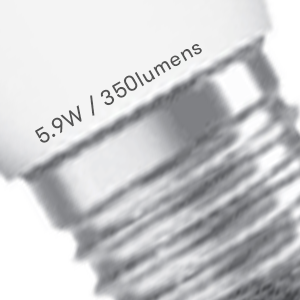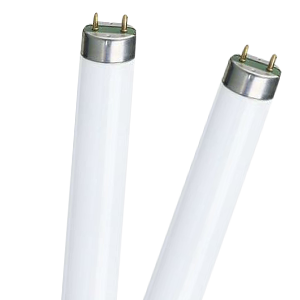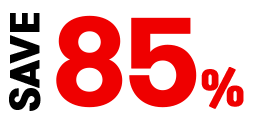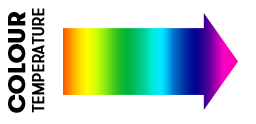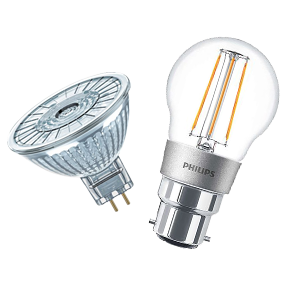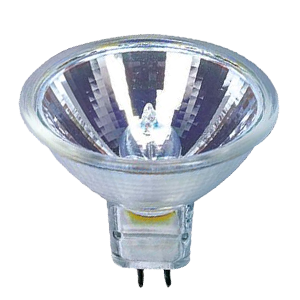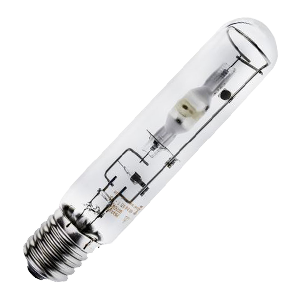Guide to Lamps
Select from our expanding range of lighting solutions
Downloads
See Associated Products
Introduction
Choose the correct LED lighting and lamps for your workplace and you can drastically reduce your energy costs. Other key benefits of moving to LEDs include a reduction in maintenance costs due to extended lifetime of the lamps over conventional types.
This selection guide will help you to choose the right lighting for the job, whatever industry you are working in.
Topics in this guide
Selecting the shape
Common shapes and styles available in our range:
Shapes
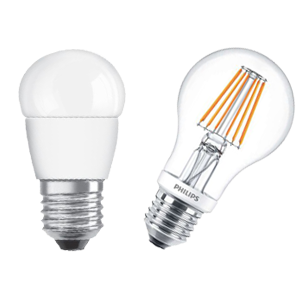
Classic
A bulb shape designed to look more traditional which suits many older-style fittings
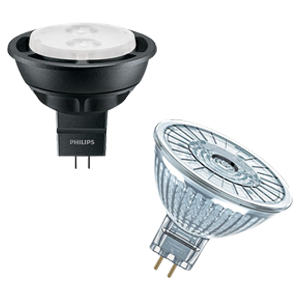
Spotlights/Reflectors
Specially designed for bright, targeted lighting. Ideal for panel installation in retail, showroom or display areas
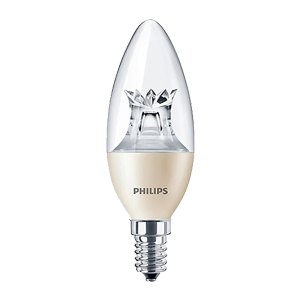
Candles
Flame-shaped bulb, ideal for older-style fixtures
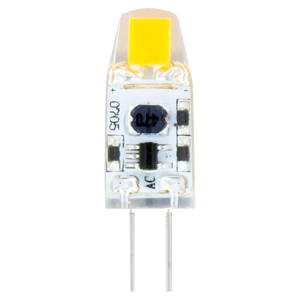
Capsules
Two-pronged halogen bulbs typically used in industrial light fixtures
Ideal for applications requiring high luminosity
Styles

Clear
Ideal for chandeliers and similar fittings where added sparkle is desired
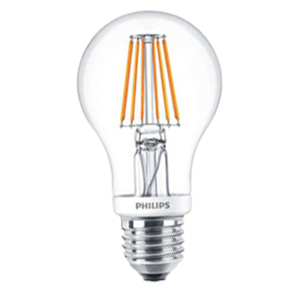
Filament Clear
300+ degree beam angle, ideal for glass luminaires for sparkle or for shades where a wide beam angle is needed
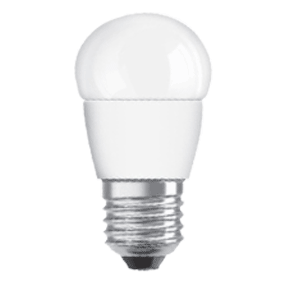
Frosted
A soft warm diffused lamp where less glare is needed
Selecting the base
Please make sure to select the correct cap fitting when selecting your lamp. The diagrams below show some of the fitting types you will find in our range:
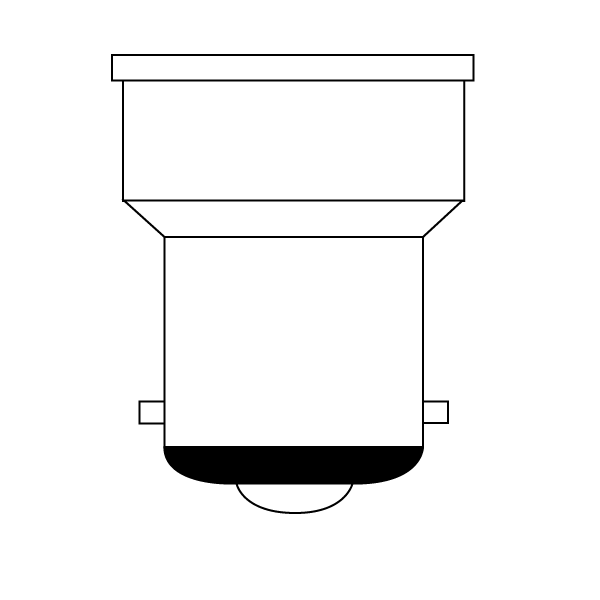
B15
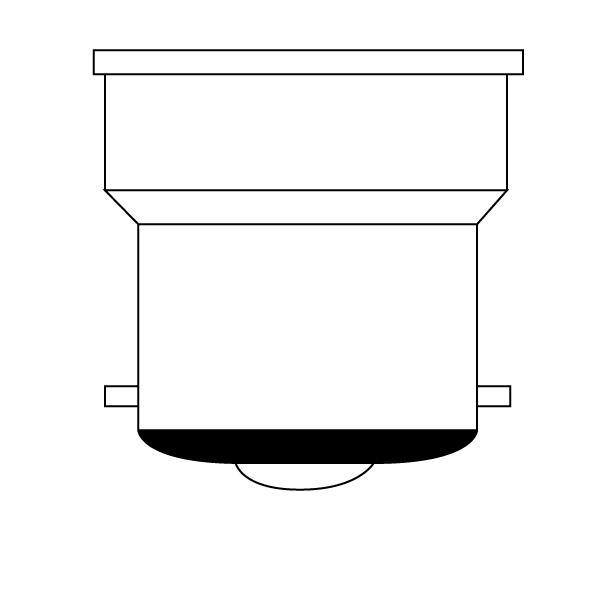
B22
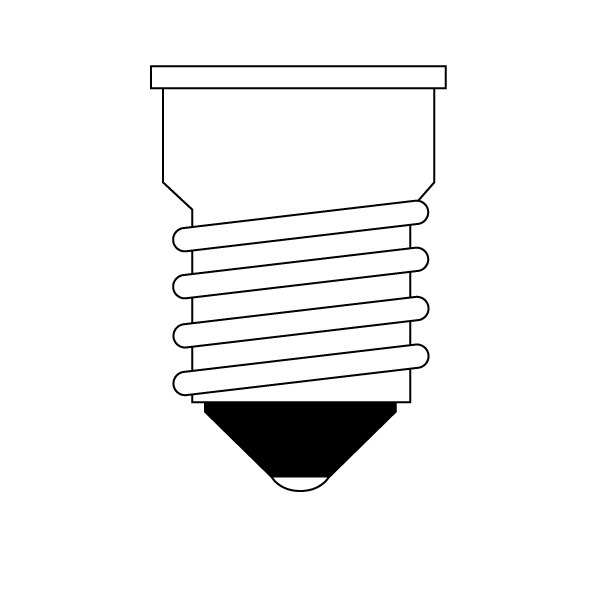
E14
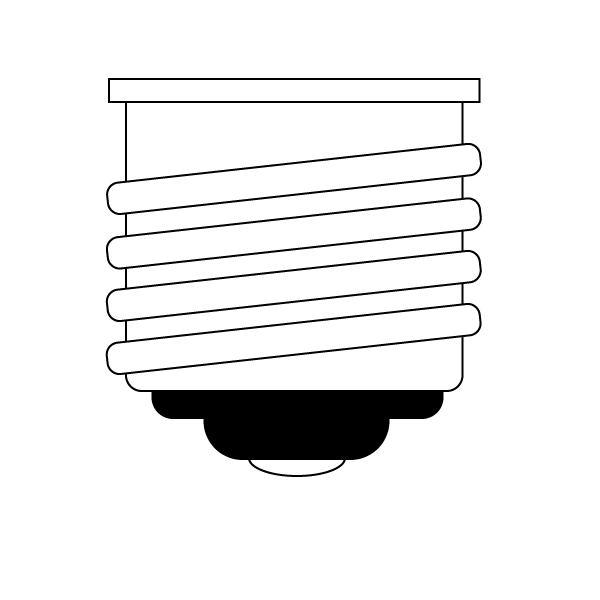
E27
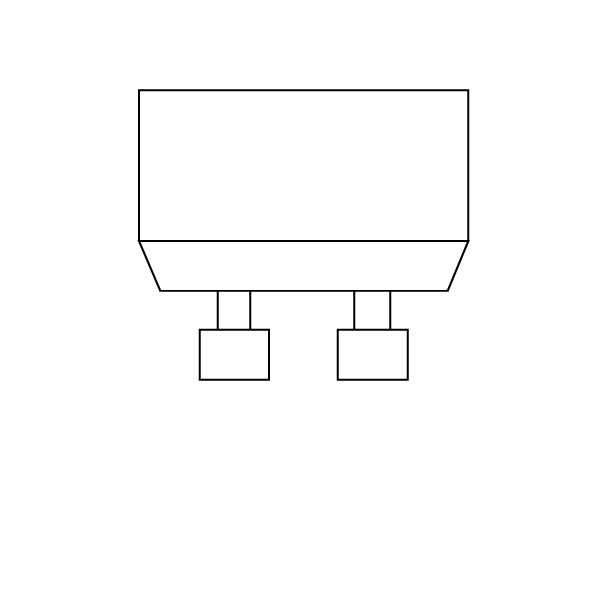
GU10
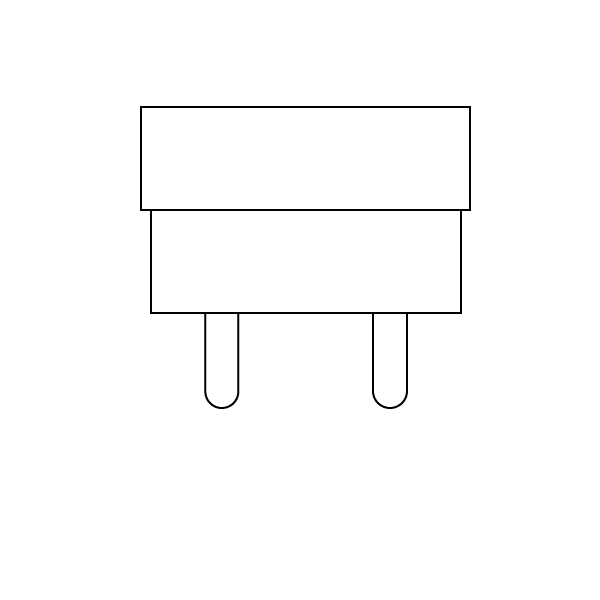
T5 & T8 Tubes
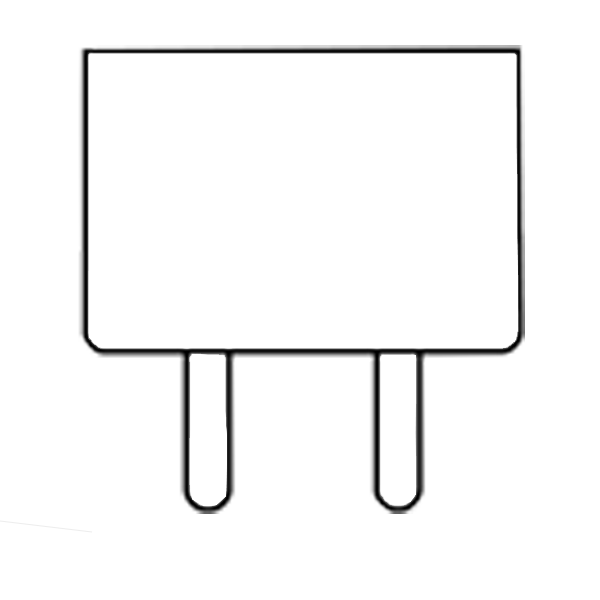
MR11
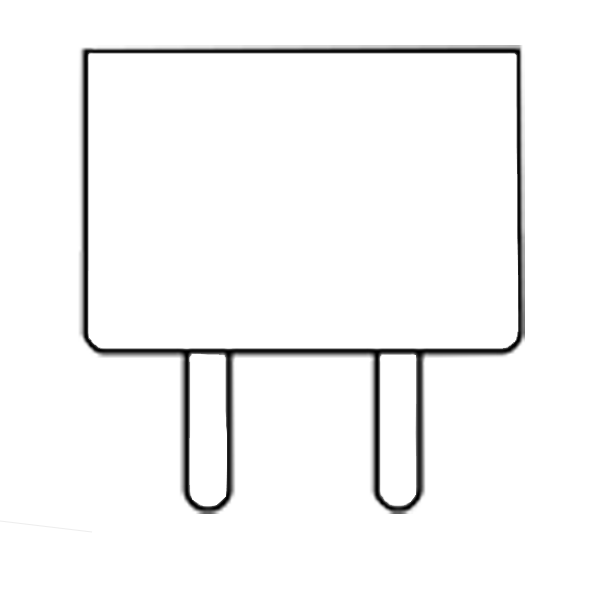
MR16
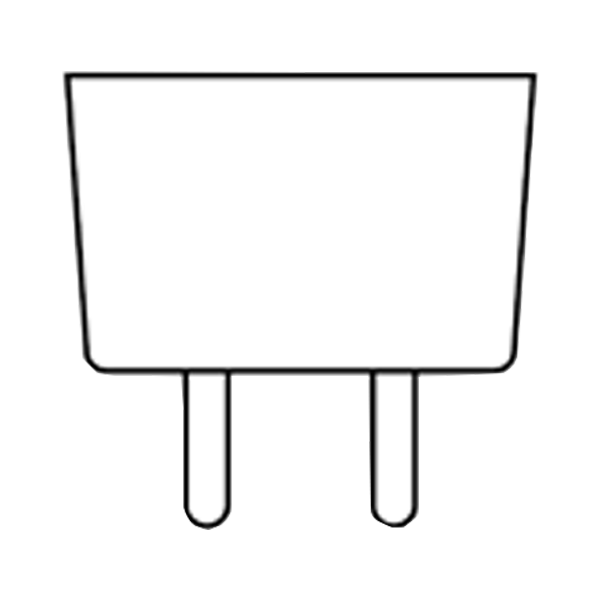
GY6
Select a base
Hover over a base type to learn more.
B15
15mm Bayonet Fitting
Sometimes referred to as SBC, the smaller version of the standard push, twist and lock bayonet light fitting, still using the same locking mechanism as B22.
B22
22mm Bayonet Fitting
The standard 22mm diameter bayonet light bulb mount that was, and is, most often used across the UK. This fitting ensures safety is maintained as it locks into position.
E14
14mm Edison Screw
Sometimes known as SES, this is a smaller version of the standard Edison screw fitting E27. Often used for decorative lighting lamps.
E27
27mm Edison Screw
Named after Thomas Edison, E27 is the standard screw-in base traditionally used across North America, now also used throughout Europe.
GU10
10mm GU Fitting
A twist and lock fitting typically used in domestic environments and suited to mains voltage of a higher wattage lamps - especially spotlights.
T5 & T8
Tube Fitting
Both using a bi-pin base, T5 is the smaller fluorescent tube size at 5/8" diameter. The larger T8 measures 8/8", or 1", The "T" refers to Tubular. Other sizes such as T12 are also available.
MR11
4mm MR11 Fitting
Standing for multifaceted reflector, MR11 fittings are used for halogen, and more recently, LED reflector lamps. The 11 refers to an overall diameter of 11/8" or 35mm.
MR16
5.4mm MR16 Fitting
Standing for multifaceted reflector, MR16 fittings are used for halogen, and more recently, LED reflector lamps. The 16 refers to an overall diameter of 16/8" or 51mm.
GY6.35
6.35mm GY6 Fitting
GY6 is a bi-pin fitting with a pin spacing of 6.35mm. Often used for low voltage capsule lamps in home or commercial display lighting.
Glossary of commonly used terms and attributes
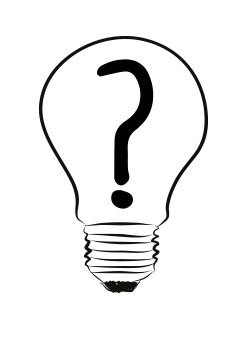
Click to expand and read about the terms and attributes of LED lamps
Wattage
Wattage: A measure of the energy consumed by a fitting.
Lumens
Lumens: A unit of measurement used to translate how much illumination a light source provides.
CRI (Colour Rendering Index)
CRI (Colour Rendering Index): A numeric evaluation of the accuracy (in relation to "daylight" at 100) of various types of light source. CRI+90 lamps are ideal for lighting in galleries, museums, clothing stores etc, where accuracy of colour is critical.
Dimmable vs non dimmable
Dimmable vs non dimmable: Remember that not all lamps are dimmable. However dimmable lamps now exist that perform like traditional lamps, where the colour temperature gets warm as the lamp dims. Note: Some traditional dimmers do not work with LEDs, requiring the dimmer to be updated.
Beam angle
Beam angle: The point at which intensity of a source drops to 50% of maximum (centre reading) measured in degrees of the full angle.
Colour temperature
Colour temperature: A way to describe the light appearance provided by a light source. It is measured in degrees of kelvin (k) on a scale from 1,000 to 10,000.
Choose by colour temperature to influence a room's atmosphere. Lamps are available in a wide range of shapes and styles.
2700k : Warm white � ideal for bedrooms, living rooms restaurants, where ambience is needed.
4000k : Cool white � ideal for offices, kitchens, bathrooms, common in exterior fittings.
+6000k : Daylight � ideal for offices.
Lux
Lux: A unit of light measurement taking area into account, essentially it relates to the light intensity.
LED Retrofit - Key Facts
The innovation in lighting over recent years has given rise to many retrofit options for LEDs. Replacing lamps in existing fittings with LED equivalents is one of the easiest ways to make energy savings.
Decisions often must be made in terms of lumen values, colour temperatures, lamp styles and other factors but knowing a few facts about how and what to retrofit will set you in good stead.
Benefits of retrofit
Advances in technology constantly drive down LED replacement costs and bring many other benefits. These include:
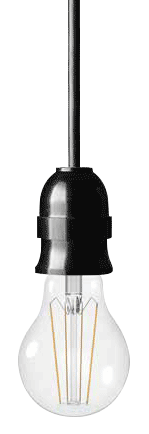
Typical energy savings
Energy savings made by using LED against other types of lamp
| Halogen (50W) | Incandescent (60W) | CFL (11-15W) | |
|---|---|---|---|
| LED Equivalent | 6.5W | 11.5W | 11.5W |
| SAVE | 87% | 81% | 12-23% |
Payback periods
When compared with halogen lamps, the payback period can be as little as 6 months
| Watts / Lifetime | Yearly Running Cost | Cost over LED Lifetime |
|---|---|---|
| LED 6.5W / 25,000 hrs | £1.00 | £22.83 |
| Halogen 50W / 2,000 hrs | £7.67 | £175.11 |
| Savings per LED lamp | £6.67 per year | £152 lifetime |
| Saving for 8 LED lamps | £53.36 per year | £1,218 lifetime |
Technologies we offer
Use one of these links to view the products on the RS website
